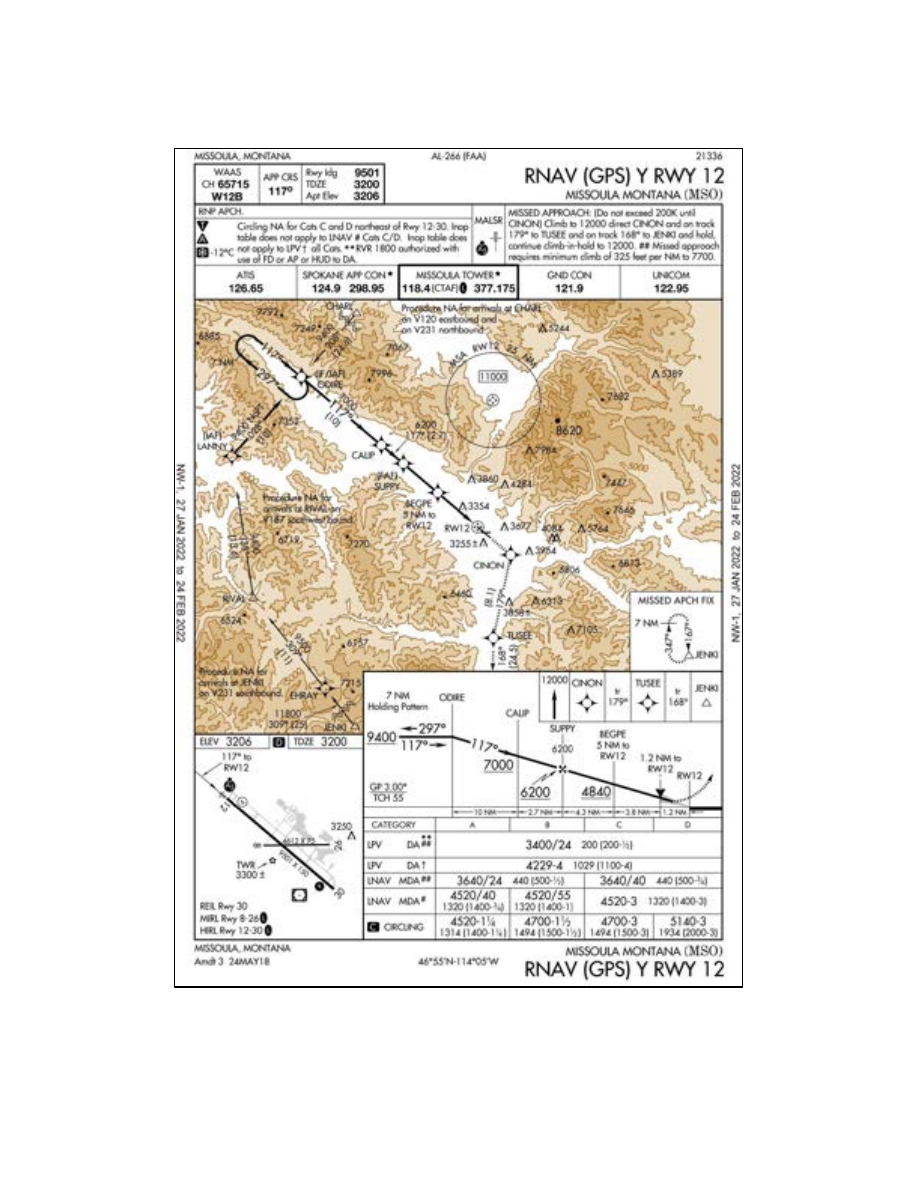
AIM
4/20/23
c.
Pilots should submit PIREPs regarding volcanic activity using the Volcanic Activity Reporting (VAR) form
as illustrated in Appendix 2. If a VAR form is not immediately available, relay enough information to identify
the position and type of volcanic activity.
d.
Pilots should verbally transmit the data required in items 1 through 8 of the VAR as soon as possible. The
data required in items 9 through 16 of the VAR should be relayed after landing if possible.
7
−
1
−
26. Thunderstorms
a.
Turbulence, hail, rain, snow, lightning, sustained updrafts and downdrafts, icing conditions
−
all are present
in thunderstorms. While there is some evidence that maximum turbulence exists at the middle level of a
thunderstorm, recent studies show little variation of turbulence intensity with altitude.
b.
There is no useful correlation between the external visual appearance of thunderstorms and the severity or
amount of turbulence or hail within them. The visible thunderstorm cloud is only a portion of a turbulent system
whose updrafts and downdrafts often extend far beyond the visible storm cloud. Severe turbulence can be
expected up to 20 miles from severe thunderstorms. This distance decreases to about 10 miles in less severe
storms.
c.
Weather radar, airborne or ground based, will normally reflect the areas of moderate to heavy precipitation
(radar does not detect turbulence). The frequency and severity of turbulence generally increases with the radar
reflectivity which is closely associated with the areas of highest liquid water content of the storm. NO FLIGHT
PATH THROUGH AN AREA OF STRONG OR VERY STRONG RADAR ECHOES SEPARATED BY 20
−
30
MILES OR LESS MAY BE CONSIDERED FREE OF SEVERE TURBULENCE.
d.
Turbulence beneath a thunderstorm should not be minimized. This is especially true when the relative
humidity is low in any layer between the surface and 15,000 feet. Then the lower altitudes may be characterized
by strong out flowing winds and severe turbulence.
e.
The probability of lightning strikes occurring to aircraft is greatest when operating at altitudes where
temperatures are between minus 5 degrees Celsius and plus 5 degrees Celsius. Lightning can strike aircraft flying
in the clear in the vicinity of a thunderstorm.
f.
METAR reports do not include a descriptor for severe thunderstorms. However, by understanding severe
thunderstorm criteria, i.e., 50 knot winds or
3
/
4
inch hail, the information is available in the report to know that
one is occurring.
g.
Current weather radar systems are able to objectively determine precipitation intensity. These precipitation
intensity areas are described as “light,” “moderate,” “heavy,” and “extreme.”
REFERENCE
−
Pilot/Controller Glossary
−
Precipitation Radar Weather Descriptions
EXAMPLE
−
1.
Alert provided by an ATC facility to an aircraft:
(aircraft identification) EXTREME precipitation between ten o’clock and two o’clock, one five miles. Precipitation area is
two five miles in diameter.
2.
Alert provided by an FSS:
(aircraft identification) EXTREME precipitation two zero miles west of Atlanta V
−
O
−
R, two five miles wide, moving east
at two zero knots, tops flight level three niner zero.
7
−
1
−
27. Thunderstorm Flying
a.
Thunderstorm Avoidance. Never regard any thunderstorm lightly, even when radar echoes are of light
intensity. Avoiding thunderstorms is the best policy. Following are some Do’s and Don’ts of thunderstorm
avoidance:
1.
Don’t land or takeoff in the face of an approaching thunderstorm. A sudden gust front of low level
turbulence could cause loss of control.
7
−
1
−
62
Meteorology